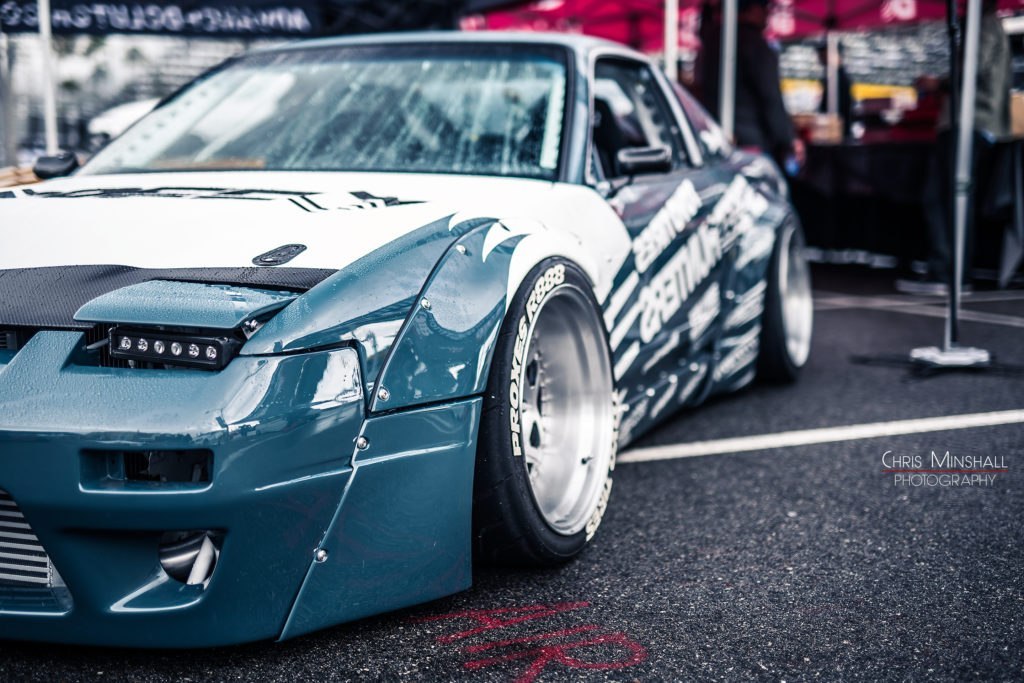The Ultimate Guide to Drift Car Suspension Setup: Enhance Your Drift Performance
Do you want to improve the suspension setup on your drift car to make it perform better? You can learn everything you need to know about improving your drift car’s handling, balance, and stability on the track by reading this complete guide on suspension setup.
A particular form to racing, drifting, calls great levels of ability and accuracy. Your vehicle’s suspension setup is one of the key aspects affecting how effective you will be at drifting. The suspension retains your car’s balance and precision while you slide around curves at high speeds. Having a drift car suspension that can manage the demands of the sport and is correctly set up is therefore crucial.
Through information about drift car suspension setup will be covered in this manual, along with advice on how to get the most out of your drifting.
To improve your drifting performance, you must understand the suspension setup of your drift car. Suspension is important in a car’s ability to retain stability, handling, and balance during drifting.
The sport of drifting calls for a great degree of speed and angle. A vehicle must maintain balance when drifting successfully through turns at high speeds. The suspension system maintains excellent traction and control while drifting at an angle.
You can precisely control your cars by achieving a secure and predictable slide with a properly set-up drift car suspension. According to what has been stated thus far, a poorly socialized suspension might make your car unpredictable and shaky, making it challenging to control while drifting.
Drift Car Suspension Tuning Techniques
1. Ride Height Adjustments:
Ride height adjustments refer to modifications to a vehicle’s suspension system that affect the distance between the chassis and the ground.A vehicle’s ride height can be adjusted by altering the length of the springs, changing the shock absorber settings, or using adjustable suspension components.
2. Adjusting Damper Settings:
Your car’s shock absorbers’ compression and rebound damping levels can greatly impact handling. Adjusting the damper settings can improve the car’s stability, reduce body roll, and increase grip.
3. Corner Balancing:
Corner balancing involves adjusting the car’s weight distribution to improve handling and balance. By redistributing weight, you can optimize grip and reduce understeer or oversteer.
4. Adjusting Anti-Roll Bars:
Anti-roll bars can be adjusted to fine-tune the car’s handling. You can adjust the car’s balance and reduce body roll by stiffening or loosening the anti-roll bars.
5. Adjusting Caster and Camber:
Caster and camber are critical suspension settings that affect the car’s handling. Adjusting the caster and camber can improve grip, reduce understeer, and increase stability.
6. Chassis Stiffening:
Adding a strut brace or other chassis stiffening components can improve the car’s rigidity and reduce body flex. This can result in improved handling and stability.
7. Weight Reduction:
Reducing the weight of the car can have a significant impact on handling and performance. You can improve acceleration, braking, and handling by removing excess weight.
8. Advanced Aero Tuning:
Aerodynamics play a crucial role in drift car performance. You may improve handling, lower drag, and increase downforce by quite well your car’s aerodynamic package.
9. Brake Bias Adjustments:
Adjusting the brake bias can help optimize the car’s braking performance. Changing the brake bias can improve braking balance and reduce brake fade.
10. Tire Pressure and Compound:
Adjusting tire pressure and employing various tire types can have a big impact on handling and grip. You can find the perfect setup for your car and driving style by experimenting with tire pressure and tire compounds.
These are just some of the advanced tuning techniques you can use to optimize your drift car’s suspension setup. Remember, suspension tuning is a complex and iterative process that requires patience, experimentation, and careful analysis. With time and practice, you can fine-tune your car’s suspension to achieve the perfect balance of speed, control, and consistency.


